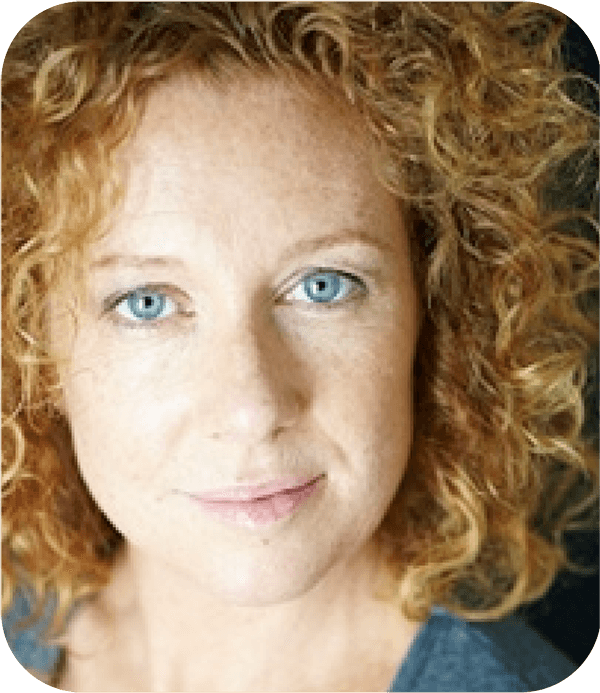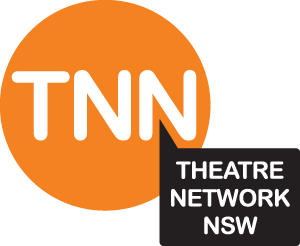NSW Arts Minister
It is an honour and a serious undertaking to be the NSW Arts Minister.
I acknowledge that I write this response from my home on Wiradjuri land. It is a great privilege to live, work and create on this beautiful Country. I pay my respect to elders past, present and emerging and I recognise that sovereignty was never ceded.
What and who do we turn to, to make sense of loss, pain, sorrow, and fear?
During lock down millions of Australians turned to the arts, to artists for succour, for respite and release. Across the world our appetite for stories – in whatever form – took on new dimensions in response to the isolation and challenges we collectively experienced as we bore witness to the worst pandemic in history.
An incredible outpouring of creativity occurred online in response to the pandemic. Artists played, composed, danced, taught, wrote, rehearsed and read in forums online- cobbling together cabarets, choirs, mini-desk concerts, musicals, play readings, life-drawing classes, virtual exhibitions and so much more.
The artists instinctive response to lockdown was to connect and to share, to unite the wider community in whatever way they could.
The thing is this is normal behaviour for an artist. It is not new. This is what they do. Risk, resilience and imagination is their territory. The artists were made for these times.
They adapt, they respond, they transmute, translate and transform our understandings of complex events emotions and nurture us through the very act of living and being.
The arts give us context, reflect our stories, and crucially, help us make sense of who and what we are.
2020 was a year in which we were forced to face new and greater responsibilities while also letting go of others, define new contributions, and – if we had the courage to – recognise our own culpability in the face of the collective crises we faced and continue to face globally with the COVID 19 pandemic and the escalating climate crisis.
Our values around effective leadership have been challenged and juxtaposed under the most extreme of circumstances.
We began 2020 in the grip of searing drought and watching our country burn, knowing the hotter drier Summers, the wildfires, the devastation and destruction lived through by so many Australians is caused by a lack of action on climate.
We learned there was more money after all when our federal government managed to act on socialist or at least collective community principles and create a sizable welfare state during COVID.
If, as we all experienced, in collective crisis we turn to the artists to entertain, educate, nurture and interpret, then it is vital we provide a solid framework to support this deep nurturance for a cultured society to not just recover but to thrive.
For if the foundations are denuded then what kind of society will we be left with?
Our vision is underpinned by the question What role do the arts play in a post pandemic, Climate impacted world?
I have turned to the experts for advice to ensure this vision is robust and timely. Our intergenerational, culturally diverse, group is representative of the complex, multi-layered arts ecology. The team includes bi-partisan peers from the small to medium and community arts sectors, major arts organisations, the education, health and business sectors. I am guided by their expertise, their insights and experience.
Our vision aims to support the cultural and creative sectors in the following ways – drawing on cultural policy developed by the 2013 Gilliard Government and research undertaken by the 2020 Australia Councils National Arts Participation survey that asked Australians to respond to questions about the role the arts play in a post pandemic world.
Themes that emerged from this research are varied and inform the way in which we will reframe arts in our culture.
In many ways the survey feedback echoes highly successful events, programmes and projects already occurring or in planning- street activations in the form of laneway and music festivals, curation of forums and performances by First Nation responses to climate change, training and skill-sharing initiatives for professional creatives, support for emerging artists and innovative capacity building arts projects designed to engage the wider community.
Our vision is to significantly expand this support in recognition of the exponential growth of the 11-billion-dollar contribution the creative sector makes to the federal economy annually.
Our central purpose is to highlight the vital role the arts and artists play in facilitating healing and connection in these times. Artists are experts at risk management, they always have been, it is intrinsic to the creative endeavour. To know how to pivot, reimagine and respond with innovation often with limited resources.
Our vision is to empower artists to nurture individuals and society through healing and connection in new, unexpected and as yet unimagined ways. We believe that artists are the front-line workers tasked with healing our emotional wounds, our trauma, to help us process this so-called ‘new normal’.
As such we will provide the platform needed for our artists to channel and engage their communities like never before.
This response is key to for us to stay competitive as a globally engaged economy. This vision is risky and radical. For this I am unapologetic. You have asked for it be so.
- Gillard’s Creative Australia Cultural Policy did not come to fruition post 2013 but its principles hit the mark. We have adapted and expanded these five guiding principles responding to the current moment
- Recognise, respect and celebrate the centrality of First Nation cultures to Australian identity
- Collaborate to ensure diverse cultural expressions from Australians from all walks of life are prioritised.
- Encourage imagination and risk as pathways for artists to create Australian stories across all disciplines across multiple platforms.
- Centralise and strengthen support for the professional creative and cultural sectors as vital indicators of a thriving society- economically and in terms of health and wellbeing.
- Prioritise education and training as central to cultivating an economically powerful creative and cultural economy.
Education & Training
- Support the recovery of Indigenous languages at primary, high school and tertiary level education across the state with dedicated lessons and Indigenous-led training and delivery.
- All primary schools will employ dedicated creative arts educators as a core part of curriculum delivery.
- Provide training for young people considering careers in Creative Industries – reinstating TAFE funding for creative pathways and providing subsidised traineeships at major arts organisations.
- Lobby Federal government and Senate players to re-instate low fees for arts-based courses at university.
Health and Wellbeing
- Cross-sector collaboration between arts and health organisations will receive increased support to deliver programmes that use professional arts practice and research in long-term community-based forums, and programmes that support health, well-being and crisis recovery.
- Professional Support – Imagination and Risk
- Increased support for major arts companies to tour or exhibit regionally in NSW.
- Increased support for small to medium sector companies to develop new works.
- Significant professional development opportunities for independent artists across all sectors to re-enter the workforce after maternity/paternity leave.
- Increased funding for transition to digital platforms with access to high-speed broadband.
We are living through unprecedented times, and we are not going to return to ‘normal’.
Why would we want to?
This moment is opportunity for us to act. To recognise that the arts are central, if not critical to the evolution of a globally competitive economy, a deeply connected society, a society that can heal in new ways. A society that may just survive if we have the courage to act. Now.
In her opinion piece ‘ The Pandemic is a Portal’, author Arundhati Roy writes,
Historically, pandemics have forced humans to break with the past and imagine their world anew. This one is no different. It is a portal, a gateway between one world and the next. We can choose to walk through it, dragging the carcasses of our prejudice and hatred, our avarice, our data banks and dead ideas, our dead rivers and smoky skies behind us. Or we can walk through lightly, with little luggage, ready to imagine another world. And ready to fight for it.
Ms Roy is right, and our vision places the arts and the artists, the educators and the visionaries as the conduits to lead the charge.

Kate Smith
A comedic writer, cabaret artist and actor Kate Smith’s works have toured extensively throughout Australia, the U.K, Hong Kong and the U.S.A.
Theatre highlights: One-woman show, Wanderlust, Bangers and Mash, The No Chance In Hell Hotel, The Unspeakable Itch, Oh My God I Have Been Kidnapped and I Hate What I Am Wearing (co-written with Drew Fairley), Beatches,(WITS Festival), Horrible Harriet (CDP), Mighty, (Lingua Franca).
Television: All Saints, Blackjack, Spirited, 30 Seconds, Totally Full Frontal, Beauty & The Beast and Kate and Julia, with Julia Zemiro.
The 2019 recipient of Create NSW’s Creative Development Fellowship, Kate also holds a PhD in performance studies. The fellowship extends her practice, which over twenty years has evolved from stand-up to playwriting, academia, to cross-sector interdisciplinary arts practice, creative mentoring and profile raising for regional arts.


